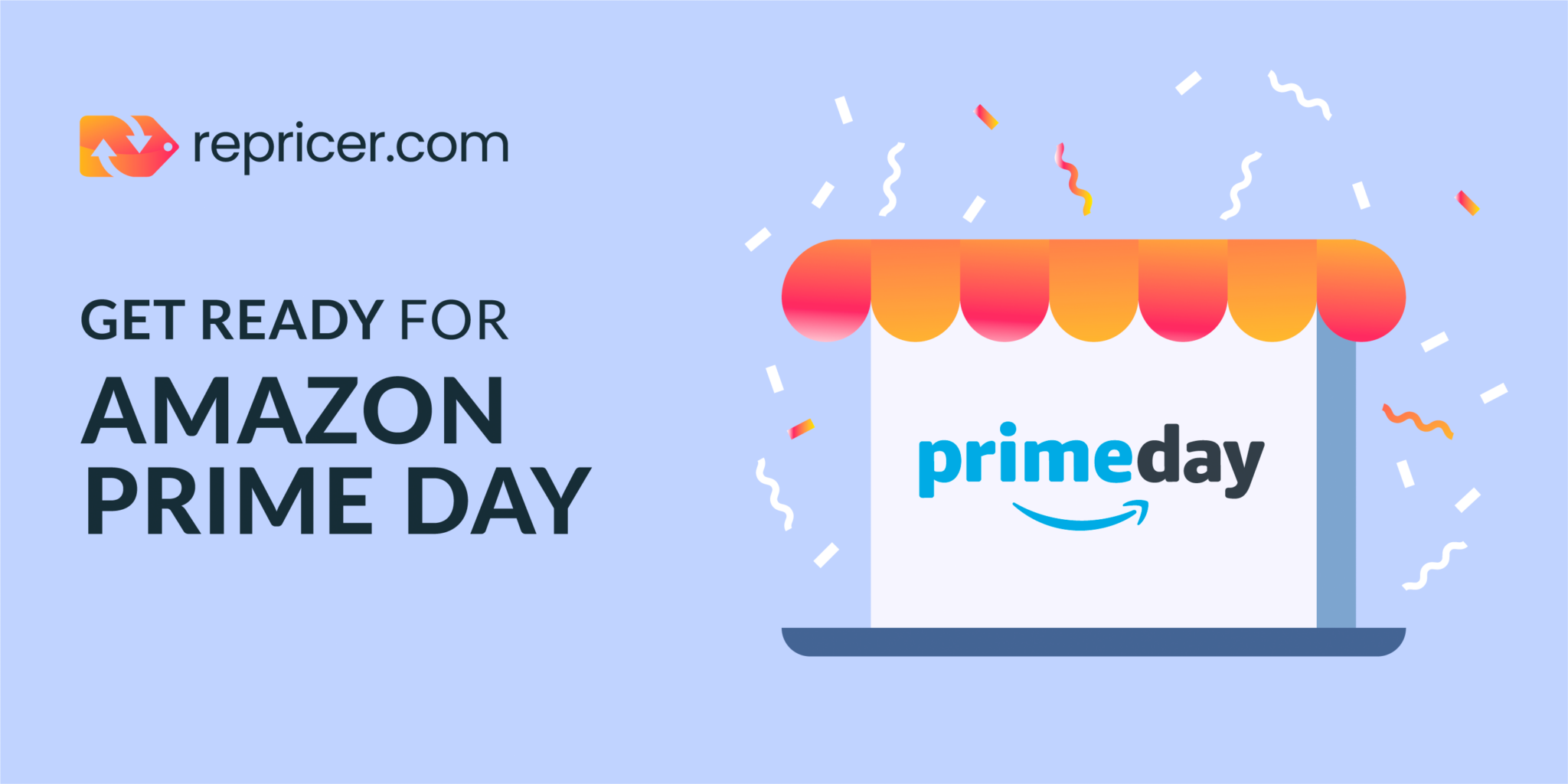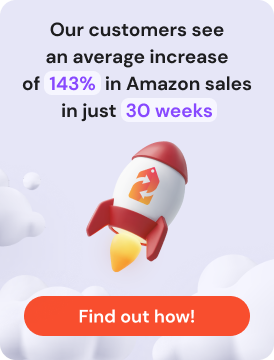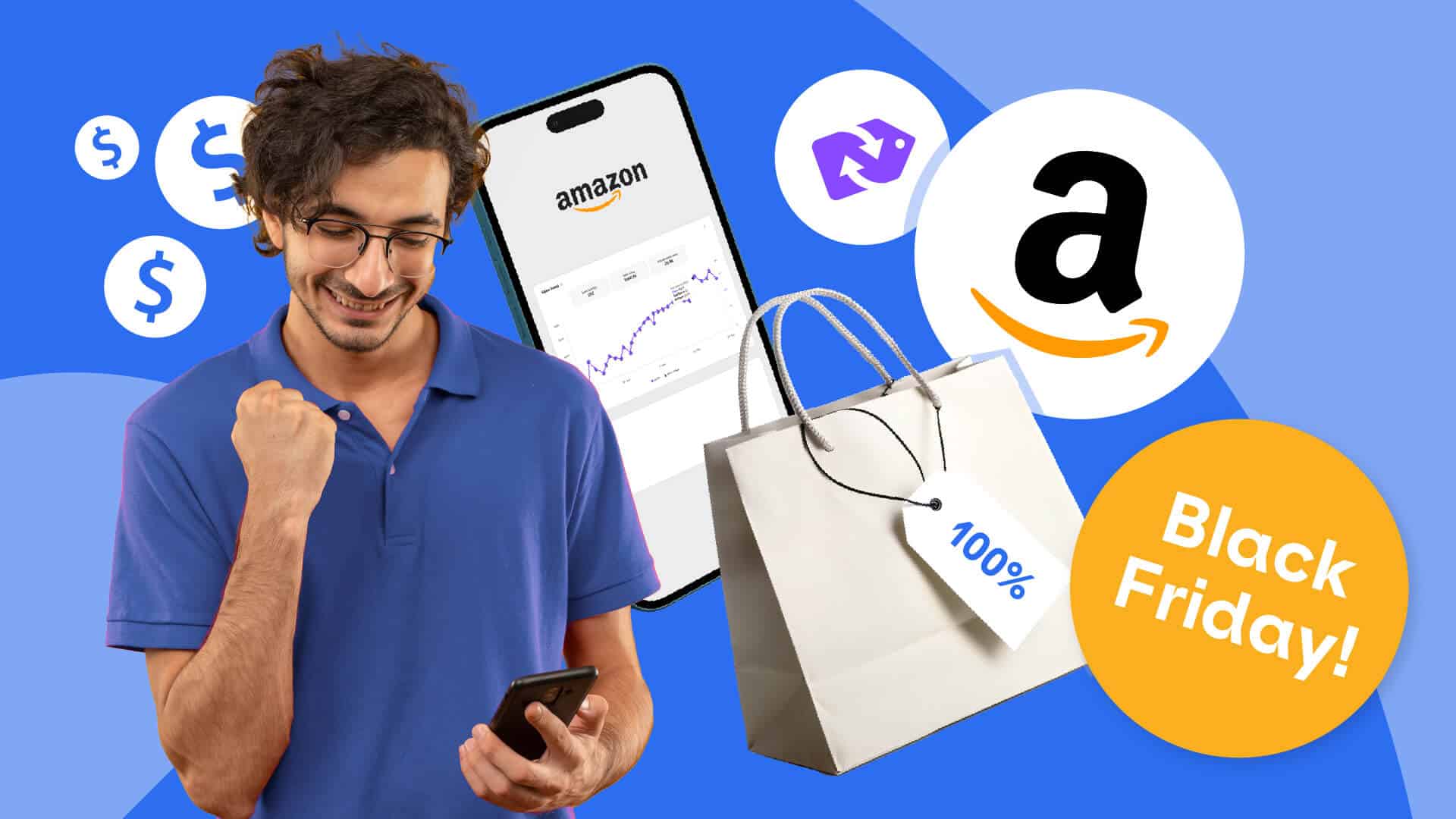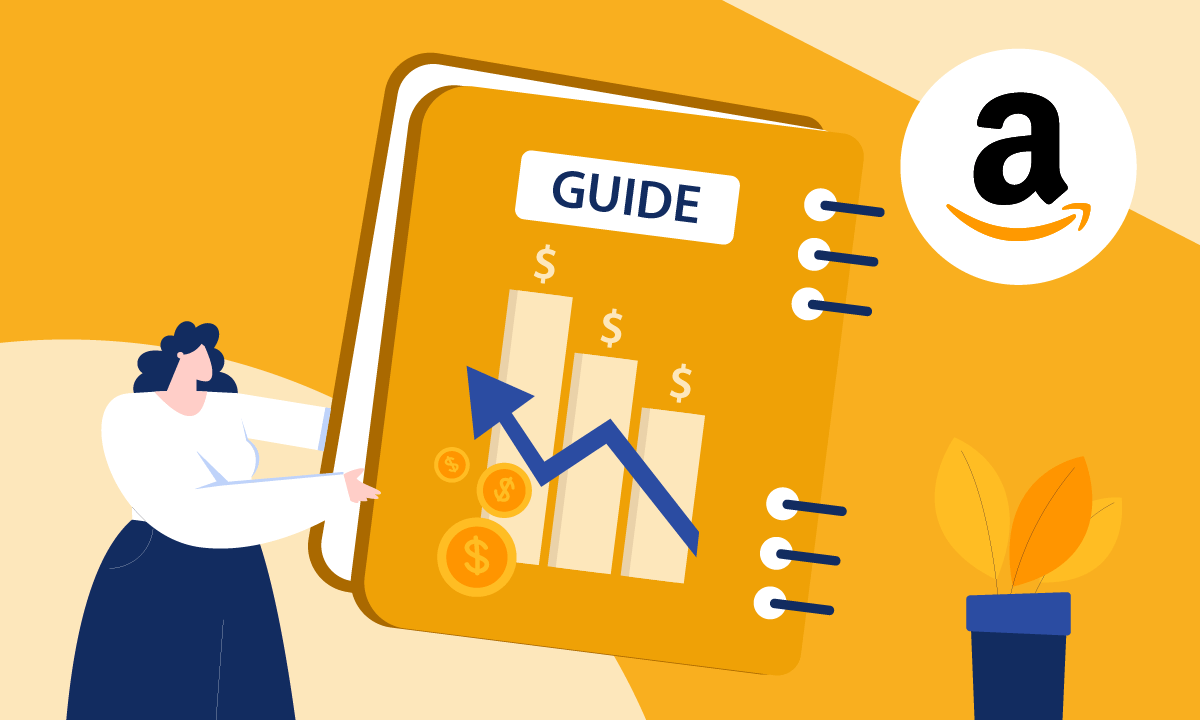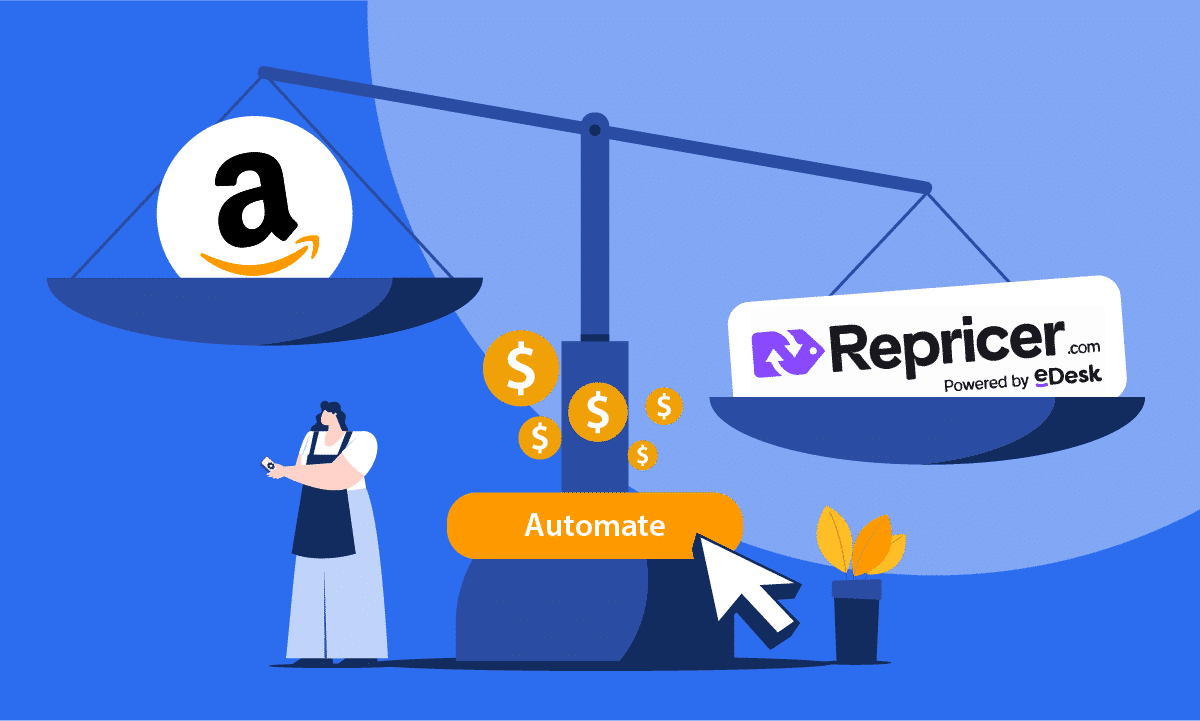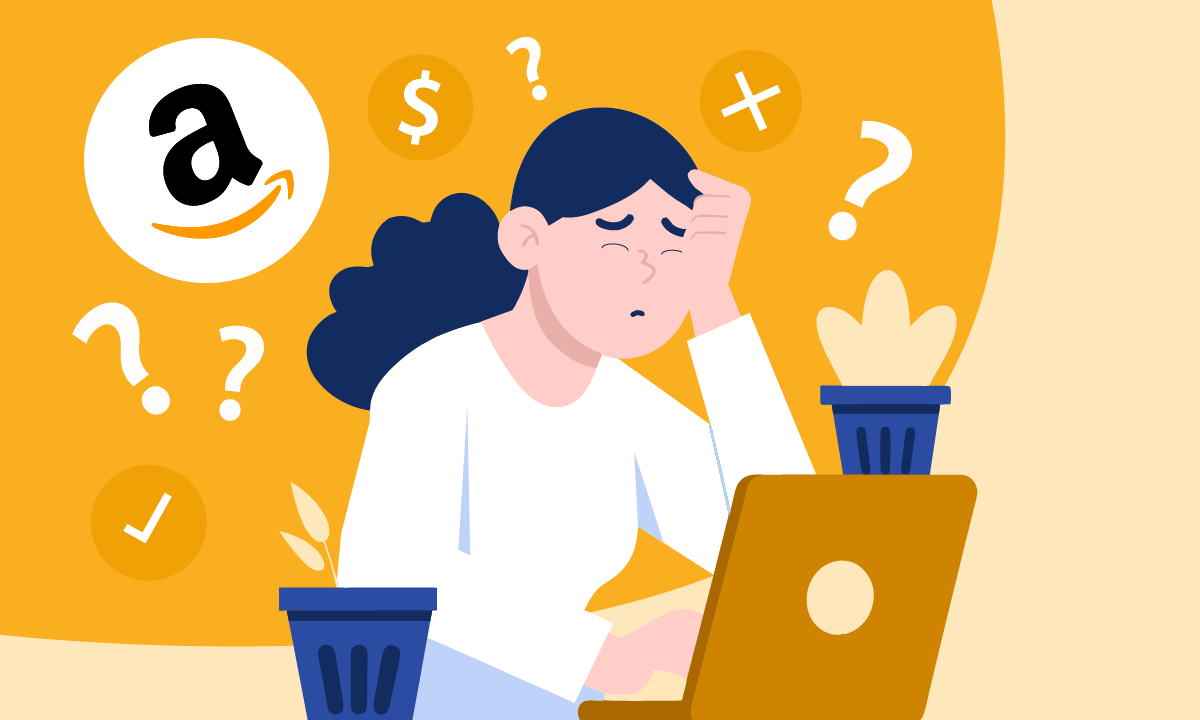Amazon Prime Day is coming up fast—will you be ready to handle the sales rush? Although Prime Day is usually in the middle of the summer, Amazon decided to push it back a bit, giving sellers a bit more time to prepare. To help you with that, Repricer.com has put together a Prime Day 2020 sellers guide that’ll get you where you need to be.
When is Amazon Prime Day?
Amazon has now confirmed that Prime Day 2020 will take place on 13-14 October. It can be tough for Amazon sellers, as the big selling day falls between Back to School and Black Friday, making this time of year even more hectic than usual.
Even more difficult is trying to convince buyers to spend, as there are now three big shopping days within four weeks of each other instead of almost eight weeks for consumers to make budgets and spend their available discretionary income.
But despite the new positioning, smart Amazon sellers can use the different date to their advantage and capitalize on increased user interest on the marketplace.
How Do Sellers Benefit From Amazon Prime Day?
There are almost too many reasons to list, but here are the biggest perks you can look forward to as an Amazon seller once Prime Day rolls around.
- Very high sales: Last year, shoppers purchased over 175 million items, totalling an estimated $7.16 billion. To put that into perspective, Amazon reported $280.52 billion in total sales/revenue for all of 2019. That’s 2.5% of their total yearly sales in just one day.
- Global recognition and access: People in 18 countries (U.S., U.K., Canada, China, Mexico, Netherlands, Japan, Spain, Italy, Germany, Singapore, India, France, Australia, Austria, Luxembourg, United Arab Emirates and Belgium) got to take part in Prime Day last year. This means a potential pool of billions of shoppers that you can access.
- Double the selling period: Contrary to its name, Prime Day is actually over a 48-hour period giving shoppers and sellers alike plenty of time to offer and scoop up sales.
- Bigger than Black Friday and Cyber Monday: Amazon reports that last year’s Prime Day sales surpassed both Black Friday and Cyber Monday combined.
- Plenty of new Prime members: The first day of Prime Day (July 15) saw a record number of Prime membership signups, with the second day very close behind.
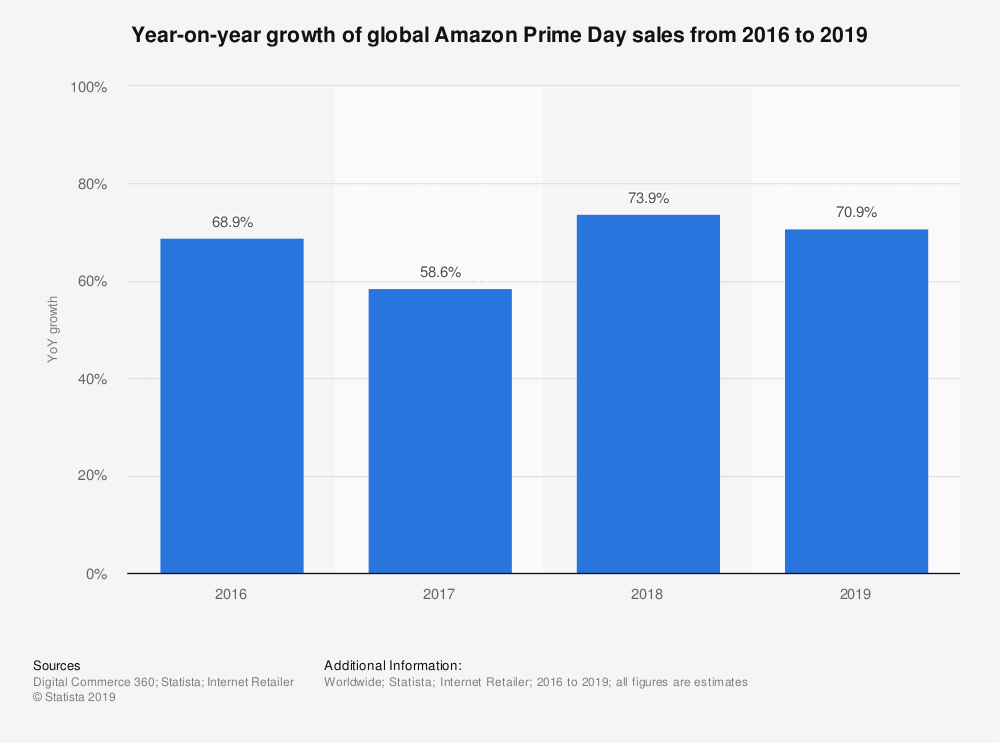
How Can Sellers Get Ready for Prime Day 2020?
The first thing to consider is how Covid-19 can potentially affect sales and fulfillment. Each country sets its own limits and regulations to keep its citizens safe, but this can mean border lockdowns on short notice, making it difficult for Amazon sellers to fulfill orders. To combat this, keep a close eye on global Covid-19 stats so you can stay on top of potential disruptions.
Closely related to Covid-19 is how you should be stocking your inventory. At this point last year, things like face masks and sanitizer were a lot further down the list than they are this year. That’s not to say the trend will continue through Prime Day, but that you should be assessing your inventory and seeing if it meets consumers’ altered needs. Think of everyday problems people are having and how you can stock your inventory to anticipate their searches.
However, when you’re deciding on what to order, don’t put all your eggs in one basket and go entirely Covid-focused. Diversify your inventory and make sure you can offer enough variety no matter what happens during this most unusual time.
When you’re ordering from your suppliers or manufacturers, calculate and double-check exactly how much you need. Because Prime Day is sandwiched between Back to School and Black Friday/Cyber Monday, you’ll need to be more careful than usual about order quantity. That’s because the deadline for Black Friday shipments this year will likely be November 3, so take that into account so you can avoid or minimize storage fees.
Your Amazon Inventory Performance Index (IPI) is a measure of how well you manage your inventory and is calculated as a score out of 1,000 over the last 90 days. Drop below 350, and you’ll get an IPI alert from Amazon and six weeks to raise your score. If you don’t improve by then, Amazon will ban incoming shipments, which is the last thing you want to happen for Prime Day.
Final Thoughts
The last thing you need to remember is to have Repricer.com set up so you can capitalize on 100% of potential sales during Prime Day. It goes without saying you should be using automated repricing all the time, but shopping holidays are even more important due to the extra footfall and sales. Plus, how awesome would it be to have repricing help you win a Buy Box on Prime Day? If you’re even interested in being able to increase your sales and revenue, then book a demo or start your free trial right now.
